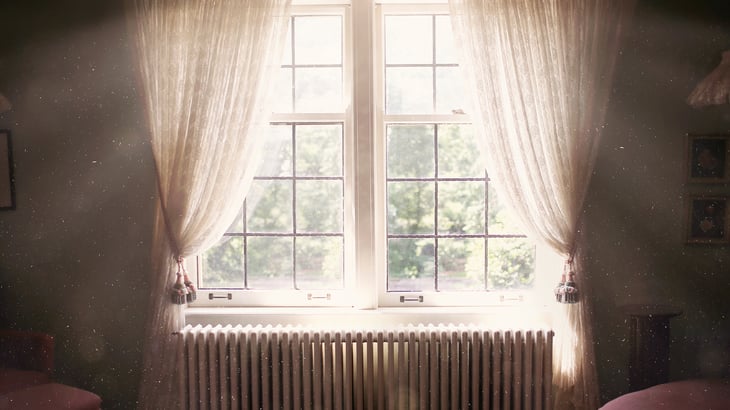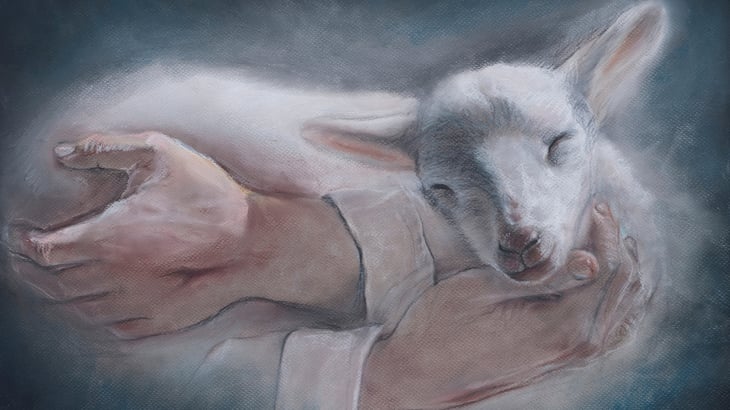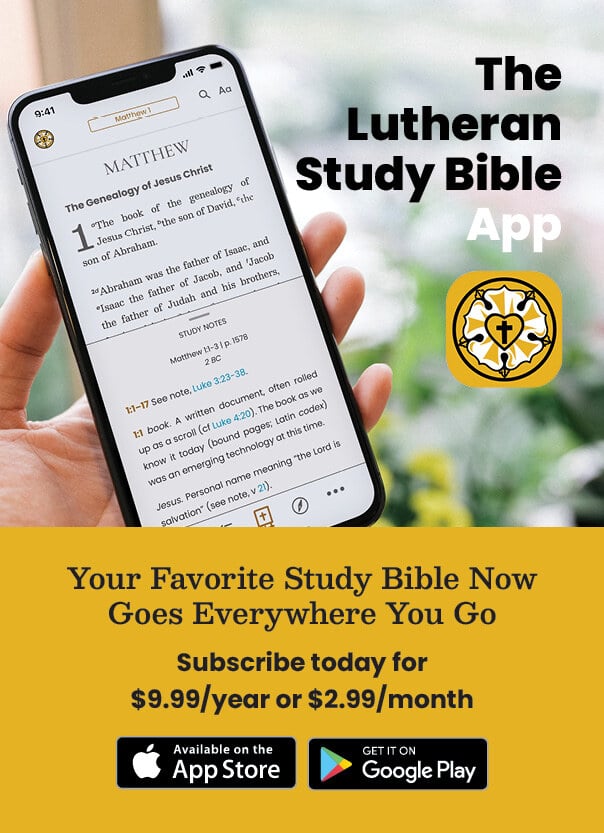Tips and Tricks for One-Room Sunday School
Coming to church for an extra hour of education and discipleship is not a priority for as many people as it used to be.
Teaching Children the General Season of the Church Year
God made everything we see. He made the land and the oceans and the stars in the sky. He made you. The Bible tells us that God made everything in the whole universe for the good of humanity—His special and beloved creation. One of the things God made is time. Time helps us make sense of, or order, God’s creation. Minutes and hours order our days. The days help us order our weeks and months. And the months give order to our years.
Best Practices for Recruiting Volunteers in Children’s Ministry
The church is the Body of Christ, and each member has its function. As Paul writes in Ephesians 4:11–13, “And he gave the apostles, the prophets, the evangelists, the shepherds and teachers, to equip the saints for the work of ministry, for building up the body of Christ, until we all attain to the unity of the faith and of the knowledge of the Son of God.” One of the ways God provides for His church is through the work of so many valuable volunteers.
Teaching About Holy Week and Easter in Sunday School
During Holy Week, we experience two contrasting feelings: guilt for our sins and joy because of the gifts of forgiveness and eternal life we receive with Christ’s death and resurrection. This season, consider these four accounts for teaching the Easter story to the kids in your Sunday School, at home, or in the classroom.
4 Accounts for Teaching the Christmas Story in Sunday School
The end of the year ushers in an exciting time for all ages. We join in the history of awaiting the coming Savior during the season of Advent and then celebrate His birth during Christmas. When it comes to teaching about this time, here are four accounts you can use to teach the Christmas story to children and youth in fun and interactive ways with Christmas Lessons – Enduring Faith® Bible Curriculum.
Teaching about the Church Year in Sunday School
As adults in the faith, most of us have a solid understanding of how worship looks throughout the year. We grow accustomed—maybe even desensitized—to the changes around us. Sometimes the altar has a green parament but other times purple, for example. While children may be more observant of these patterns than we expect, it’s important that we intentionally teach them about the seasons of the Church Year in Sunday School.
Secrets to a Stress-Free Summer Sunday School
How are your summer Sunday School plans coming along?
If you’re anything like me, it’s possible that you may not be quite as prepared as you’d like to be. Between Easter events, Confirmations, graduation, and summer vacation planning, it can be easy for Sunday School plans to be put on the back burner.
Teaching Ideas for the Catechism: First Five Commandments
The month of January marks not only a new year but the start of a fresh series of blogs for Sunday School teachers. The plan over the coming months is to reflect upon and offer teaching ideas related to the Six Chief Parts of Luther’s Small Catechism. The Six Chief Parts are the Ten Commandments, the Apostles’ Creed, the Lord’s Prayer, the Sacrament of Holy Baptism, Confession, and the Sacrament of the Altar. It is my sincere hope that this series will be an edifying confirmation review for you, the teacher, and a useful tool for presenting the basics of the faith to your students.
Teaching Jesus in the Old Testament: Malachi 3:1–2
The den of our home features a set of large windows. Aside from the aesthetic beauty of their shape and design, the windows also let in a more-than-ample amount of glorious sunshine throughout the year. Little compares to napping in the easy chair with beams of solar warmth pouring over you. The only downside to so much light is that the illumination mercilessly reveals the dust all over the furniture and television and even floating through the air. I just dusted yesterday! Light is glorious except when it reveals imperfections.
The Lord speaks to His people through the prophet Malachi in the fifth century before Christ regarding a similarly thorough revelation.
Teaching Jesus in the Old Testament: Malachi 1:6-8
At Halloween when I was a child, one of my brothers and I would trick-or-treat in the apartment complex where we lived. One year, we were both costumed as characters from the television science-fiction program Battlestar Galactica, which was popular at the time. But every year, we made the most efficient use of our time by starting out the moment trick-or-treating hours began, trying to garner as much candy as possible by hitting every apartment with its light on.






















